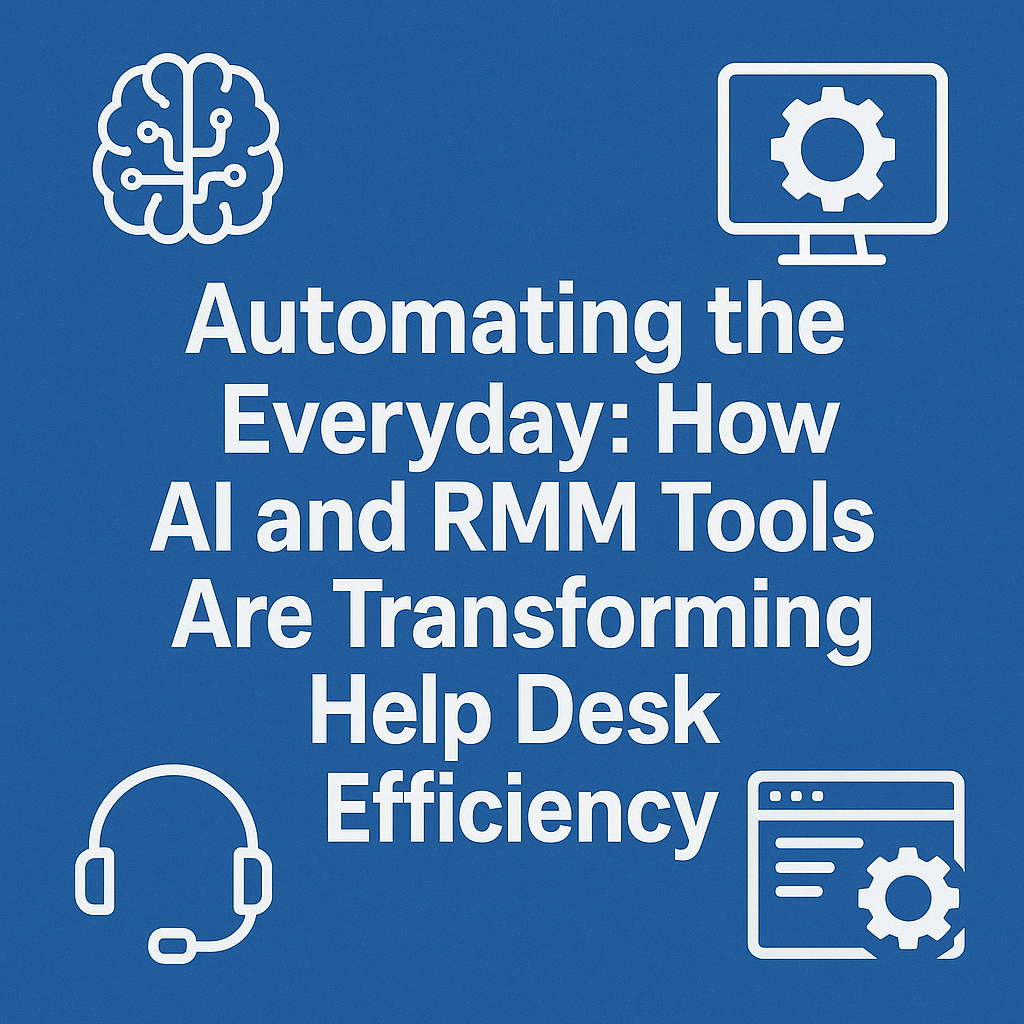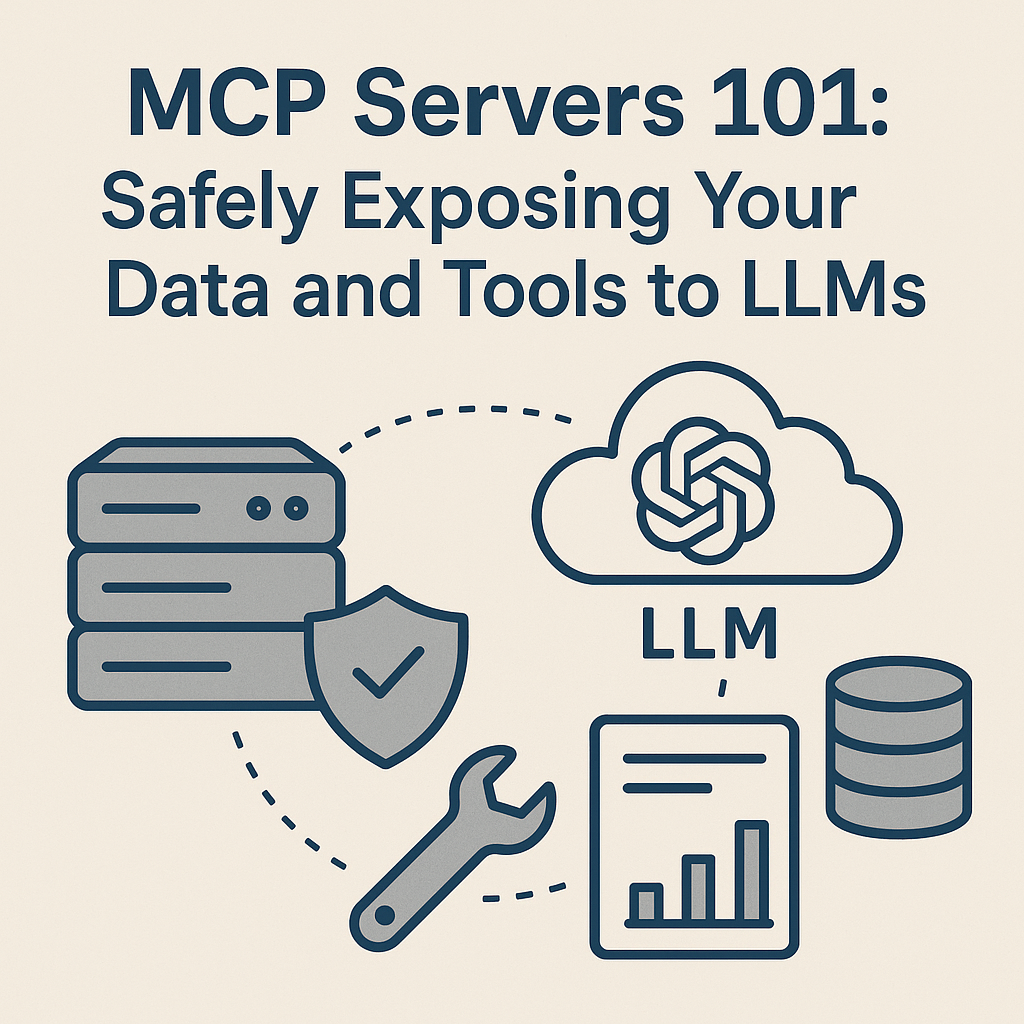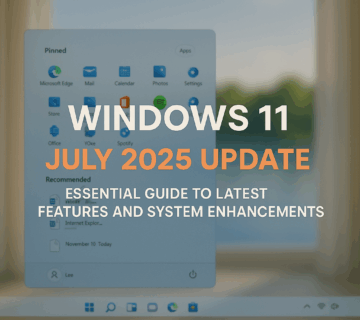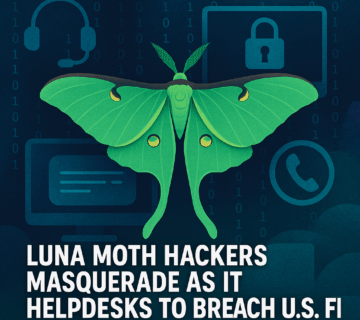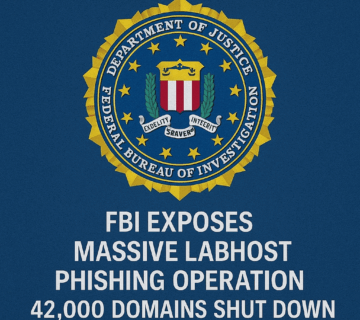Uncovering the Windows Update Downgrade Attack: How Zero-Days “Unpatch” Fully Updated Systems
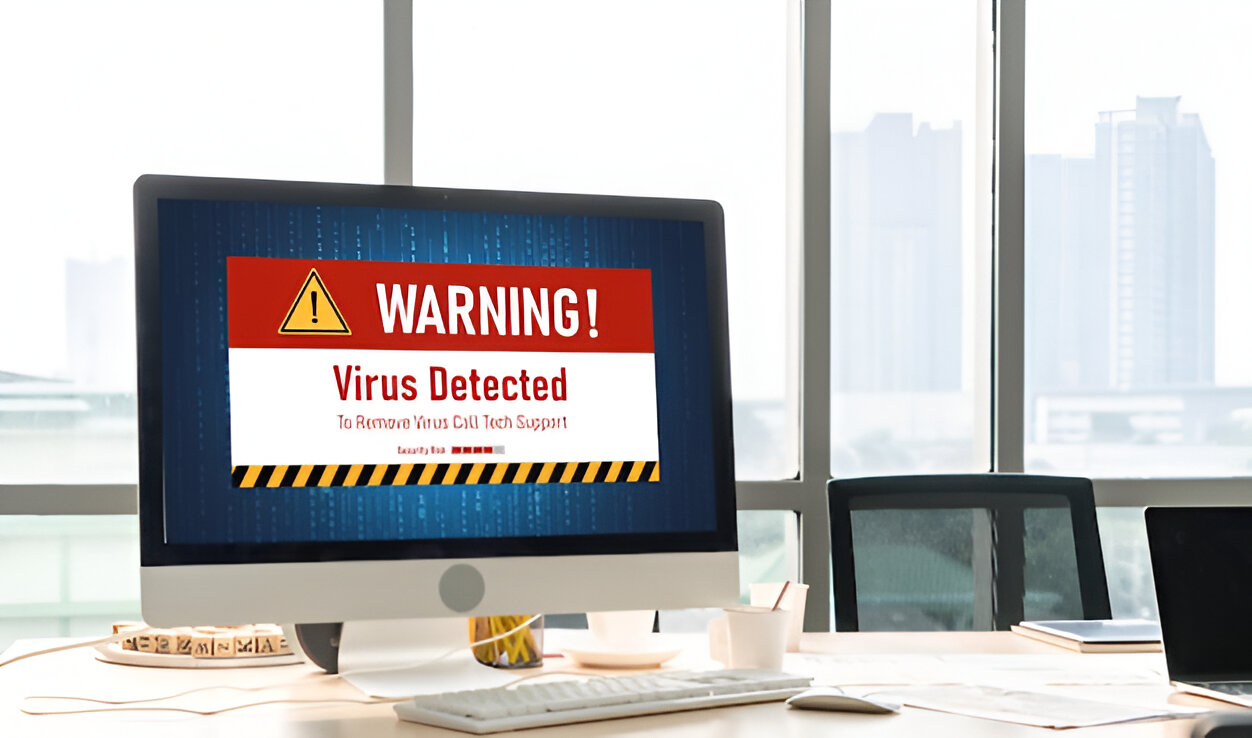
At the Black Hat 2024 conference, SafeBreach security researcher Alon Leviev unveiled a concerning discovery: two zero-day vulnerabilities that allow downgrade attacks to “unpatch” fully updated Windows systems. These vulnerabilities affect Windows 10, Windows 11, and Windows Server, compromising the integrity of the operating systems by reintroducing old security flaws. This article delves into the mechanics of these downgrade attacks, the vulnerabilities involved, and Microsoft’s response to this critical security issue.
Understanding the Downgrade Attack
- Definition of Downgrade Attack: A downgrade attack involves forcing a device to revert to an older, less secure version of its software. In the context of Windows, this means rolling back to outdated system files and components, thereby reintroducing previously patched vulnerabilities.
- Impact on Windows Systems: This type of attack compromises the integrity of fully updated Windows systems, making them vulnerable to exploitation by reintroducing security flaws that were previously fixed.
Zero-Day Vulnerabilities Unveiled
- CVE-2024-38202: Windows Update Stack Elevation of Privilege: This vulnerability allows attackers with basic user privileges to exploit the Windows update process, enabling them to “unpatch” mitigated security bugs or bypass critical security features like Virtualization-Based Security (VBS).
- CVE-2024-21302: Windows Secure Kernel Mode Elevation of Privilege: Attackers with administrative privileges can exploit this flaw to replace system files with outdated, vulnerable versions, effectively downgrading the system’s security.
Mechanics of the Attack
- Compromising the Windows Update Process: Leviev observed that the Windows update process may be used to downgrade essential OS components such as dynamic link libraries (DLLs) and the NT kernel. Despite the fact that these components are out of date, Windows Update still indicates that the operating system is completely updated.
- Downgrading Critical OS Components: By exploiting the zero-day vulnerabilities, attackers can downgrade Credential Guard’s Secure Kernel, the Isolated User Mode Process, and Hyper-V’s hypervisor, exposing the system to past privilege escalation vulnerabilities.
- Bypassing Endpoint Detection and Response (EDR): This downgrade attack is particularly insidious because it is undetectable by endpoint detection and response (EDR) solutions, making it invisible to standard security measures.
Vulnerable Windows Components
- Dynamic Link Libraries (DLLs): DLLs are essential components of the Windows OS that can be downgraded to reintroduce old vulnerabilities, compromising system security.
- NT Kernel: The NT Kernel is the core of the Windows OS, and downgrading it can expose the system to a wide range of security threats.
- Credential Guard’s Secure Kernel: Credential Guard’s Secure Kernel protects user credentials, and its downgrade can lead to significant security breaches.
- Hyper-V’s Hypervisor: The Hyper-V hypervisor enables virtualization, and its downgrade can expose systems to privilege escalation vulnerabilities.
Implications of the Downgrade Attack
- Turning Fixed Vulnerabilities into Zero-Days: By downgrading fully patched systems, attackers can turn fixed vulnerabilities back into zero-days, creating new opportunities for exploitation.
- The Concept of “Fully Patched” Becomes Meaningless: Leviev’s discovery challenges the notion of a “fully patched” system, demonstrating that even the most up-to-date systems can be compromised.
- Broader Impact on OS Vendors: This attack has significant implications not only for Microsoft but also for other operating system vendors that may be susceptible to similar downgrade attacks.
Microsoft’s Response and Mitigation
- Advisory Issued for CVE-2024-38202 and CVE-2024-21302: Microsoft has issued advisories for the two zero-day vulnerabilities, providing mitigation advice until a fix is released.
- Recommended Mitigation Steps: Microsoft recommends implementing the steps shared in their advisories to reduce the risk of exploitation. These steps include ensuring that security features like Virtualization-Based Security (VBS) are correctly configured and regularly updated.
- Future Patches and Updates: Microsoft is actively developing patches to address these vulnerabilities. The process involves a thorough investigation, update development across all affected versions, and extensive compatibility testing to ensure maximum protection with minimal disruption.
Expert Insights: Alon Leviev’s Discovery
- Methods to Disable Virtualization-Based Security (VBS): Leviev discovered multiple ways to disable VBS, including its features like Credential Guard and Hypervisor-Protected Code Integrity (HVCI), even when enforced with UEFI locks.
- Bypassing UEFI Locks Without Physical Access: Leviev’s research is groundbreaking as it demonstrates the ability to bypass UEFI locks without physical access, a feat previously considered highly secure.
Preventing Downgrade Attacks
- Enhancing Security Protocols: Organizations must enhance their security protocols to prevent downgrade attacks. This includes implementing robust update management processes and ensuring all security features are correctly configured.
- Regularly Updating and Patching Systems: Regular updates and patches are crucial in maintaining system security. Organizations should prioritize timely updates to mitigate vulnerabilities.
- The Value of Endpoint Detection and Response (EDR) Solutions: EDR solutions play a vital role in detecting and responding to security threats. Organizations should invest in advanced EDR solutions to enhance their security posture.
The Role of Virtualization-Based Security (VBS)
- Overview of VBS and Its Features: VBS is a critical security feature in Windows that uses hardware virtualization to create a secure environment for system processes. It helps protect against various types of attacks by isolating critical parts of the OS.
- Importance in Preventing Downgrade Attacks: VBS is essential in preventing downgrade attacks as it provides an additional layer of security that makes it more difficult for attackers to exploit vulnerabilities.
Impact on Organizations and Users
- Risks for Enterprises and SMBs: Enterprises and SMBs are at significant risk from downgrade attacks as these attacks can compromise sensitive data and disrupt operations. Organizations must prioritize security to protect against such threats.
- Protecting Personal Devices: Individuals should also be aware of the risks posed by downgrade attacks and ensure their personal devices are regularly updated and secured.
Future Security Considerations
- Evolving Threat Landscape: The threat landscape is constantly evolving, and organizations must stay vigilant to protect against emerging security threats.
- Proactive Measures for IT Departments: IT departments should implement proactive measures to enhance security, including regular vulnerability assessments, employee training, and investing in advanced security solutions.
How Technijian Can Help
- Providing Advanced Security Solutions: Technijian offers cutting-edge security solutions tailored to meet the unique needs of each organization. By leveraging the latest technologies and industry best practices, Technijian ensures robust protection against various threats, including downgrade attacks.
- Expertise in Vulnerability Management: With extensive experience in vulnerability management, Technijian helps organizations identify and mitigate security risks. Their team of experts conducts thorough vulnerability assessments, provides actionable insights, and implements effective mitigation strategies to ensure systems remain secure and up-to-date.
- Comprehensive IT Support and Consulting: Technijian provides comprehensive IT support and consulting services, helping organizations enhance their overall security posture. From designing secure network architectures to implementing advanced security protocols, Technijian’s expertise ensures that organizations are well-equipped to handle the ever-evolving threat landscape.
FAQs
- What is a downgrade attack? A downgrade attack involves reverting a device to an older, less secure version of its software, reintroducing previously patched vulnerabilities.
- What are the zero-day vulnerabilities mentioned in the article? The zero-day vulnerabilities are CVE-2024-38202 (Windows Update Stack Elevation of Privilege) and CVE-2024-21302 (Windows Secure Kernel Mode Elevation of Privilege).
- How does the downgrade attack affect Windows systems? The attack compromises the integrity of fully updated Windows systems by downgrading critical components, making them vulnerable to exploitation.
- What is Virtualization-Based Security (VBS)? VBS is a security feature in Windows that uses hardware virtualization to create a secure environment for system processes, protecting against various types of attacks.
- How can organizations protect against downgrade attacks? Organizations can protect against downgrade attacks by enhancing security protocols, regularly updating and patching systems, and investing in advanced endpoint detection and response (EDR) solutions.
- What steps is Microsoft taking to address the vulnerabilities? Microsoft has issued advisories and is actively developing patches to address the vulnerabilities, with a focus on ensuring maximum protection and minimal disruption for users.
Conclusion
The discovery of downgrade attacks by SafeBreach security researcher Alon Leviev highlights a significant vulnerability in Windows systems, challenging the notion of “fully patched” security. By exploiting two zero-day vulnerabilities, attackers can reintroduce old security flaws, making fully updated systems susceptible to past threats. Microsoft’s response and ongoing efforts to develop patches are crucial steps in mitigating these risks. Organizations and individuals must remain vigilant, regularly updating their systems and enhancing security protocols to protect against such sophisticated attacks.
About Technijian
Technijian is a leading Managed Service Provider (MSP) offering comprehensive IT Solutions tailored to meet the diverse needs of businesses. Specializing in IT Security and Network Security, Technijian ensures your organization’s data is protected against cyber threats. Our robust IT Services include 24/7 IT Support, ensuring seamless operation and minimal downtime for your business.
As experts in Cloud Computing Services, Technijian enables businesses to harness the power of the cloud for enhanced flexibility, scalability, and efficiency. Our IT Management solutions streamline operations, allowing you to focus on core business activities while we handle the complexities of your IT infrastructure.
Our team of skilled IT Consultants provides strategic guidance and customized IT Solutions, aligning technology with your business goals. Technijian’s comprehensive range of IT Services ensures optimal performance and reliability, making us your trusted partner in Information Technology.
With a commitment to excellence, Technijian delivers proactive Managed IT Services, anticipating and addressing potential issues before they impact your business. Our dedication to providing top-notch IT Support around the clock guarantees that your IT environment remains secure, efficient, and aligned with industry best practices. Choose Technijian for unparalleled IT Solutions that drive your business forward.
